The Carbon Footprint Of Halloween Chocolate Is Huge; These 25 Foods Have Highest Climate Impact
 https://climate-crisis-247-bucket.nyc3.cdn.digitaloceanspaces.com/wp-content/uploads/2025/10/26200102/s49c4aqqkqq-150x150.jpg
https://climate-crisis-247-bucket.nyc3.cdn.digitaloceanspaces.com/wp-content/uploads/2025/10/26200102/s49c4aqqkqq-150x150.jpgAs kids across the country fill their trick-or-treat bags with Halloween candy this Friday, one treat will come with a spooky climate cost. Chocolate – manufactured from low-yield cocoa plants, requiring energy-intensive processing and refining activities across global supply chains – is one of the most carbon-intensive foods on the planet.
From farming to land use to packaging to retail, our food system accounts for more than a quarter of global greenhouse gas emissions. As the climate crisis intensifies, experts warn that cutting emissions from food production is essential.
Red meat has the largest carbon footprint, requiring more feed per edible kilogram of meat and producing far more methane than poultry or plant-based options. Cheese ranks near the top, requiring milk from ruminant animals and energy-intensive refrigeration. Chocolate, tied to deforestation and long global supply chains, also ranks highly. A closer look at the data reveals the most carbon intensive foods.
To identify the foods with the highest climate impacts, Climate Crisis 247 reviewed data compiled from peer-reviewed studies, including Poore & Nemecek (2018) and Clark et al. (2022), aggregated by Our World in Data. Food products were ranked based on greenhouse gas emissions per kilogram. Emissions are based on farm-stage inputs such as fertilizer, land and water use, energy, animal feed, and agrochemicals. All greenhouse gases – including carbon dioxide, methane, and nitrous oxide – were standardized into carbon dioxide equivalents for comparison.
25. Camembert

- Carbon footprint: 16.3 kg of CO2 equivalent per kg of edible food product
24. Ricotta cheese
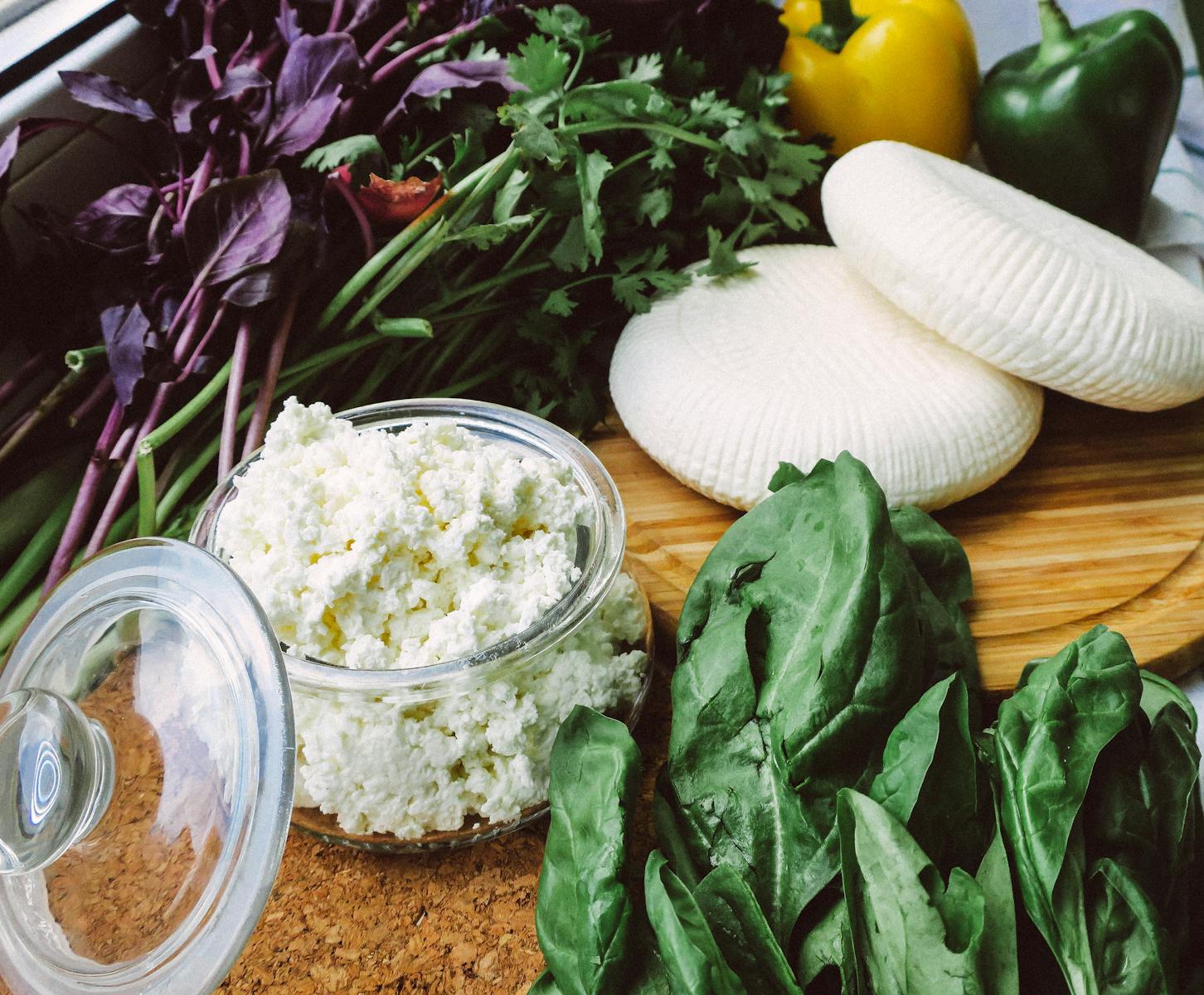
- Carbon footprint: 16.3 kg of CO2 equivalent per kg of edible food product
23. Coffee beans
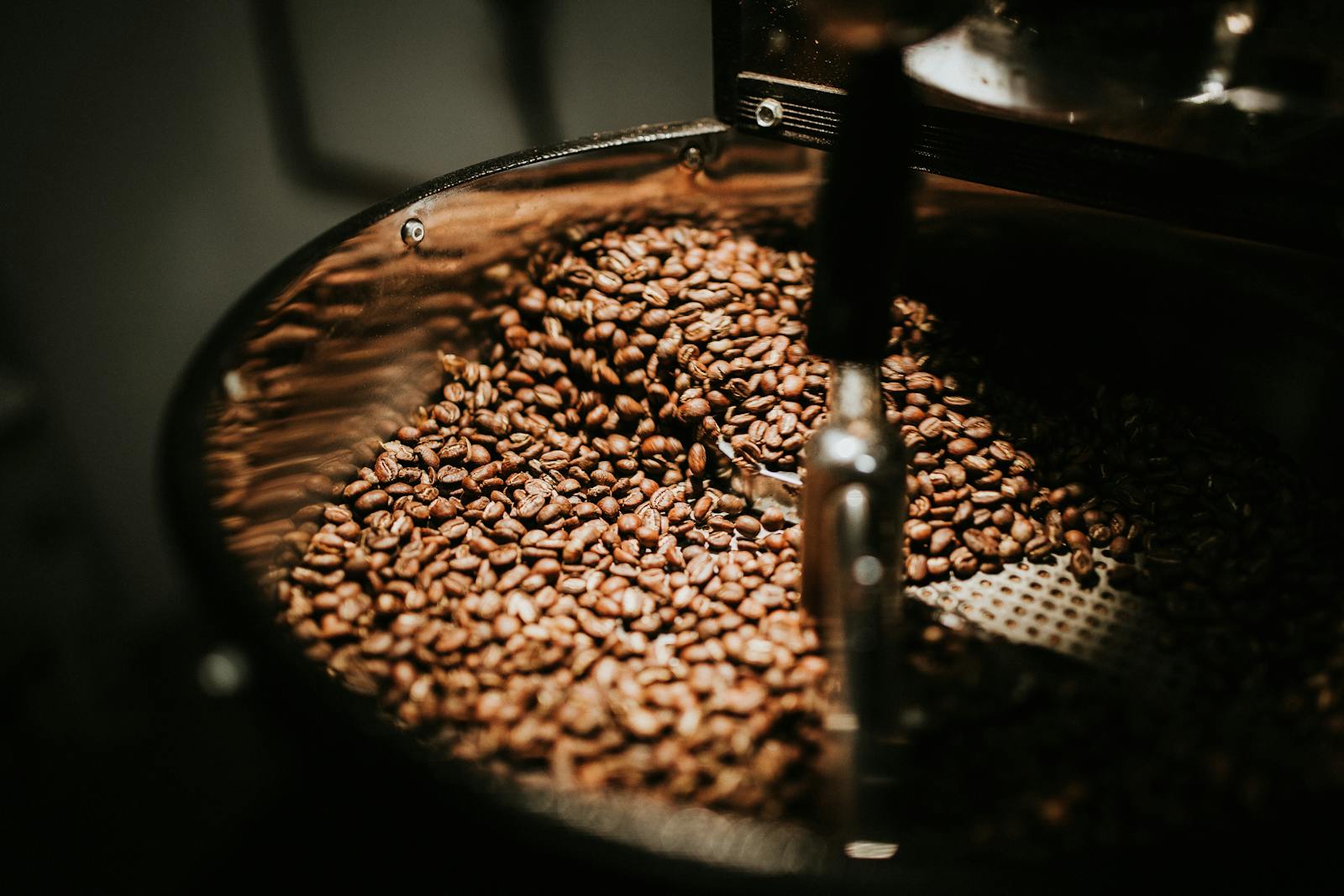
- Carbon footprint: 16.8 kg of CO2 equivalent per kg of edible food product
22. Macaroni cheese

- Carbon footprint: 16.8 kg of CO2 equivalent per kg of edible food product
21. Beef curry

- Carbon footprint: 17.4 kg of CO2 equivalent per kg of edible food product
20. Tea

- Carbon footprint: 17.6 kg of CO2 equivalent per kg of edible food product
19. Brie

- Carbon footprint: 19.1 kg of CO2 equivalent per kg of edible food product
18. Goat cheese
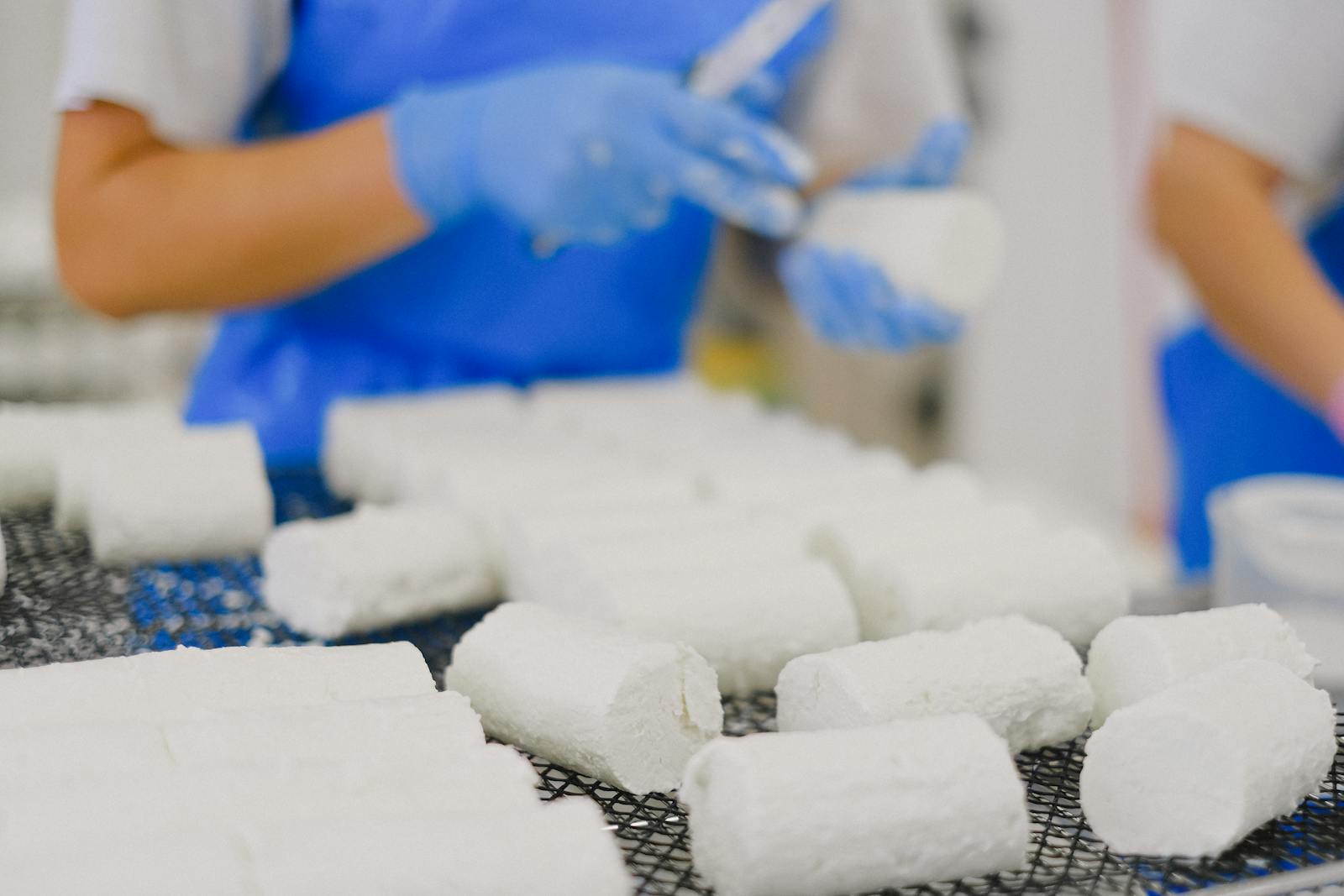
- Carbon footprint: 19.3 kg of CO2 equivalent per kg of edible food product
17. Bacon
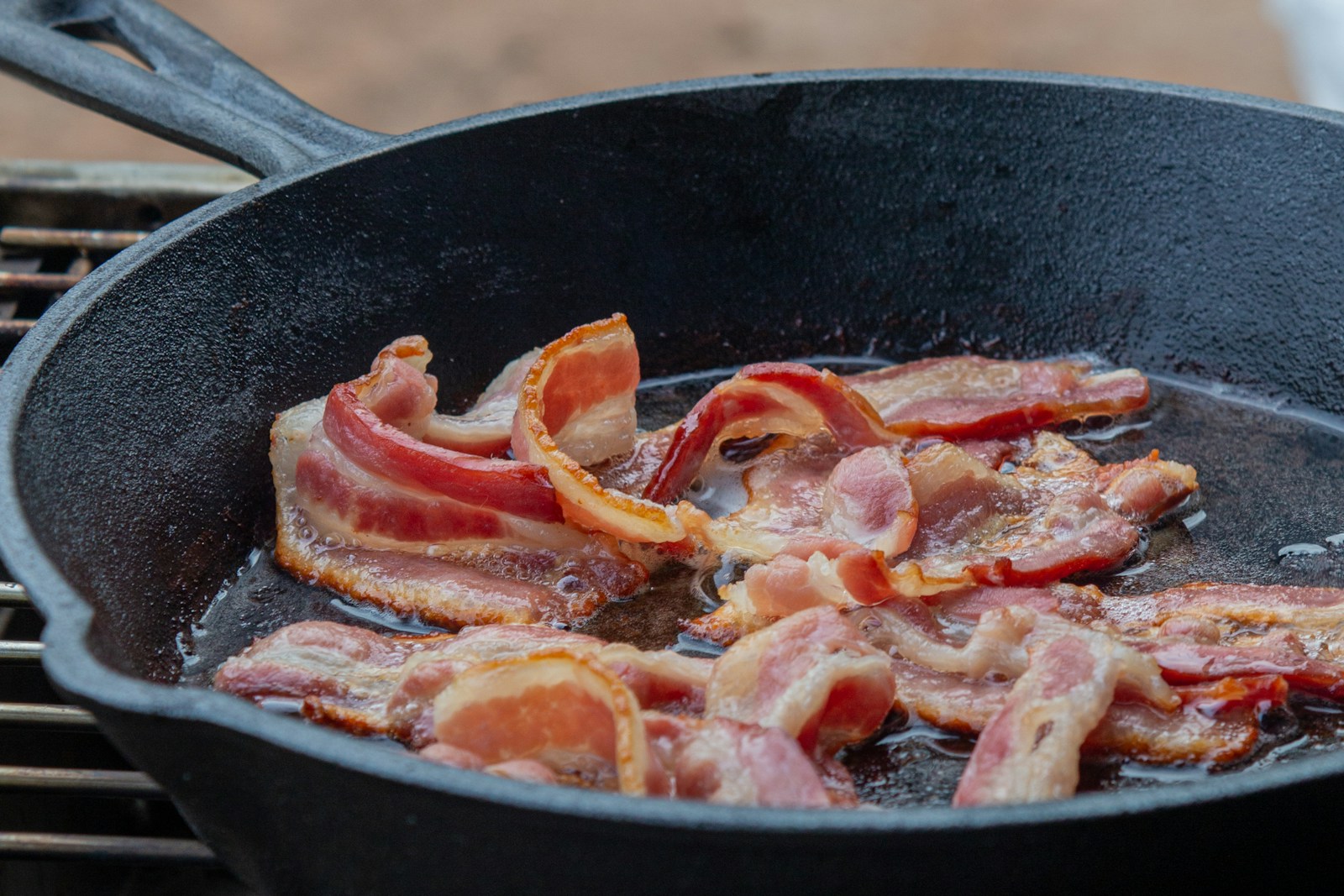
- Carbon footprint: 19.3 kg of CO2 equivalent per kg of edible food product
16. Blue cheese
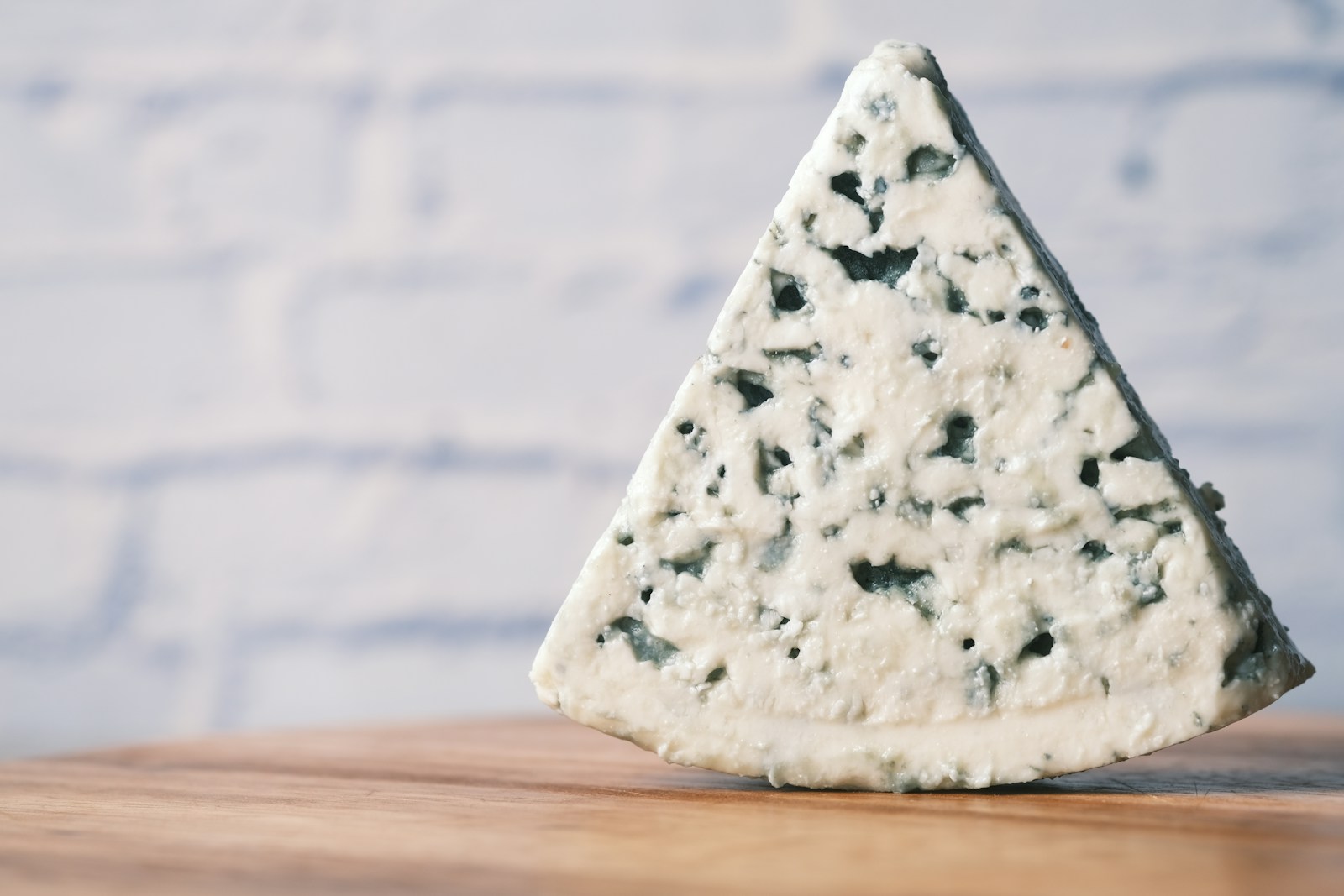
- Carbon footprint: 20.1 kg of CO2 equivalent per kg of edible food product
15. Coffee pods

- Carbon footprint: 20.3 kg of CO2 equivalent per kg of edible food product
14. Dark chocolate
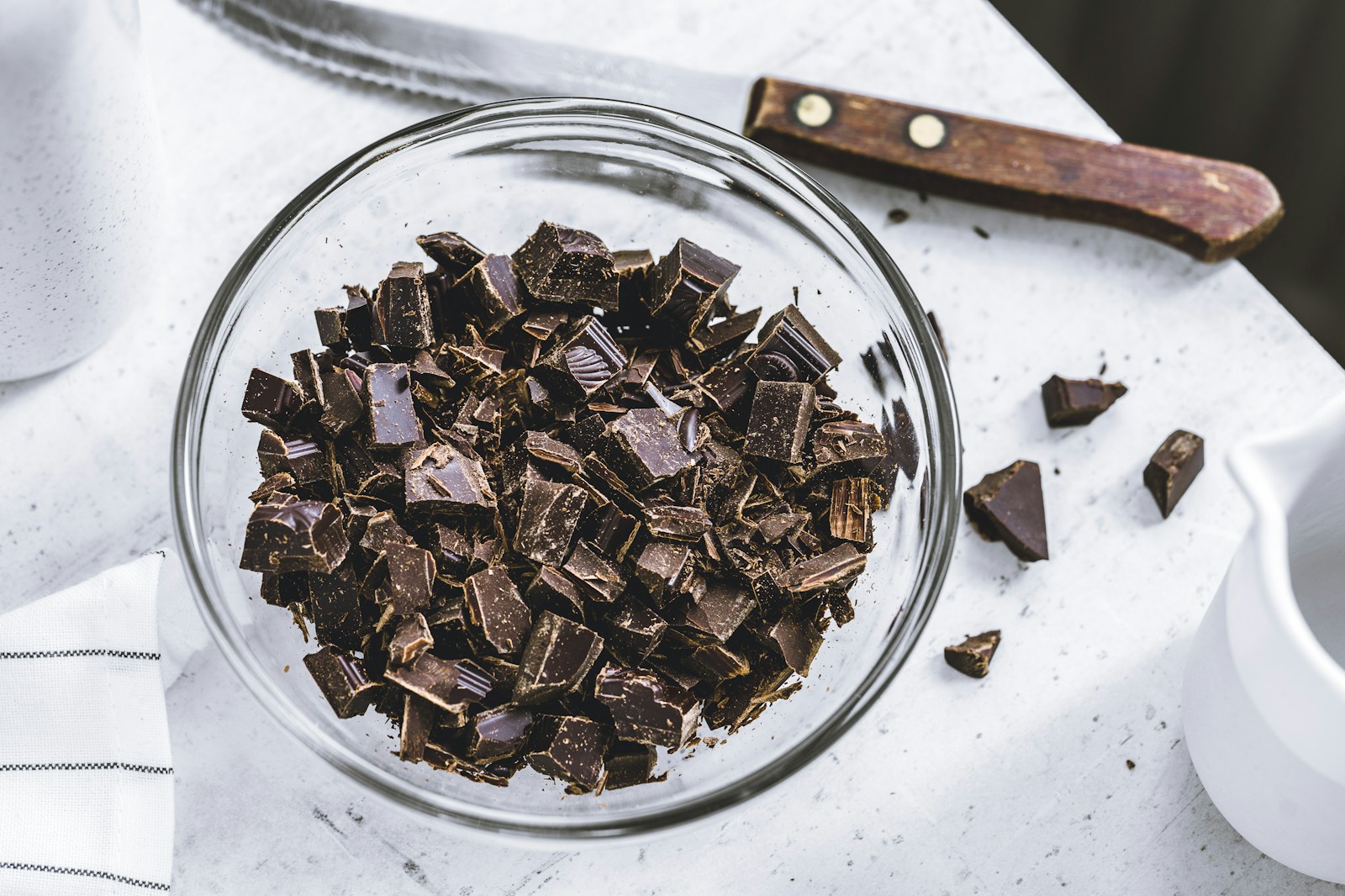
- Carbon footprint: 20.6 kg of CO2 equivalent per kg of edible food product
13. Cheddar cheese

- Carbon footprint: 20.7 kg of CO2 equivalent per kg of edible food product
12. Prawns

- Carbon footprint: 20.9 kg of CO2 equivalent per kg of edible food product
11. Parmesan cheese
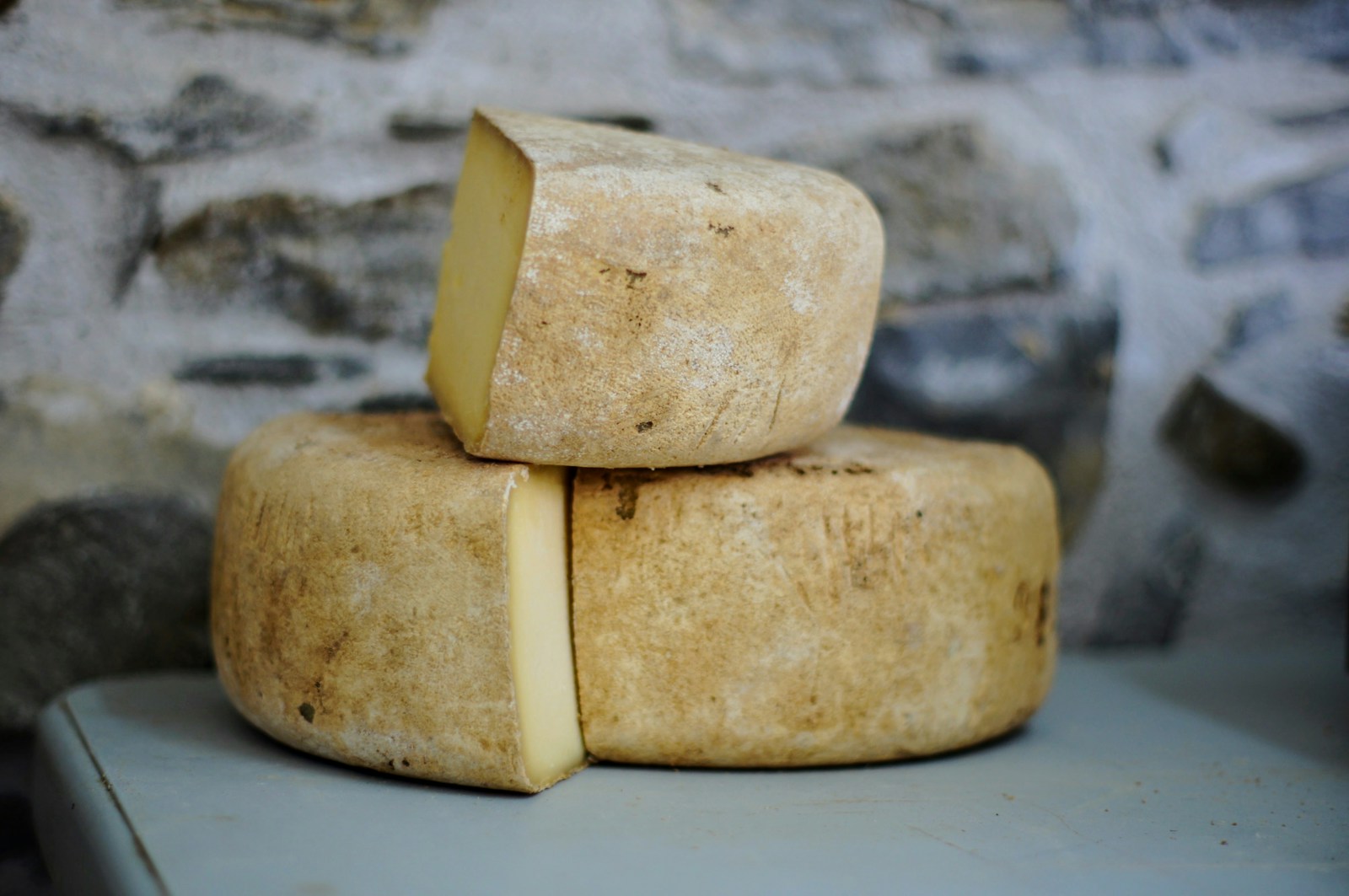
- Carbon footprint: 24.0 kg of CO2 equivalent per kg of edible food product
10. Cottage cheese
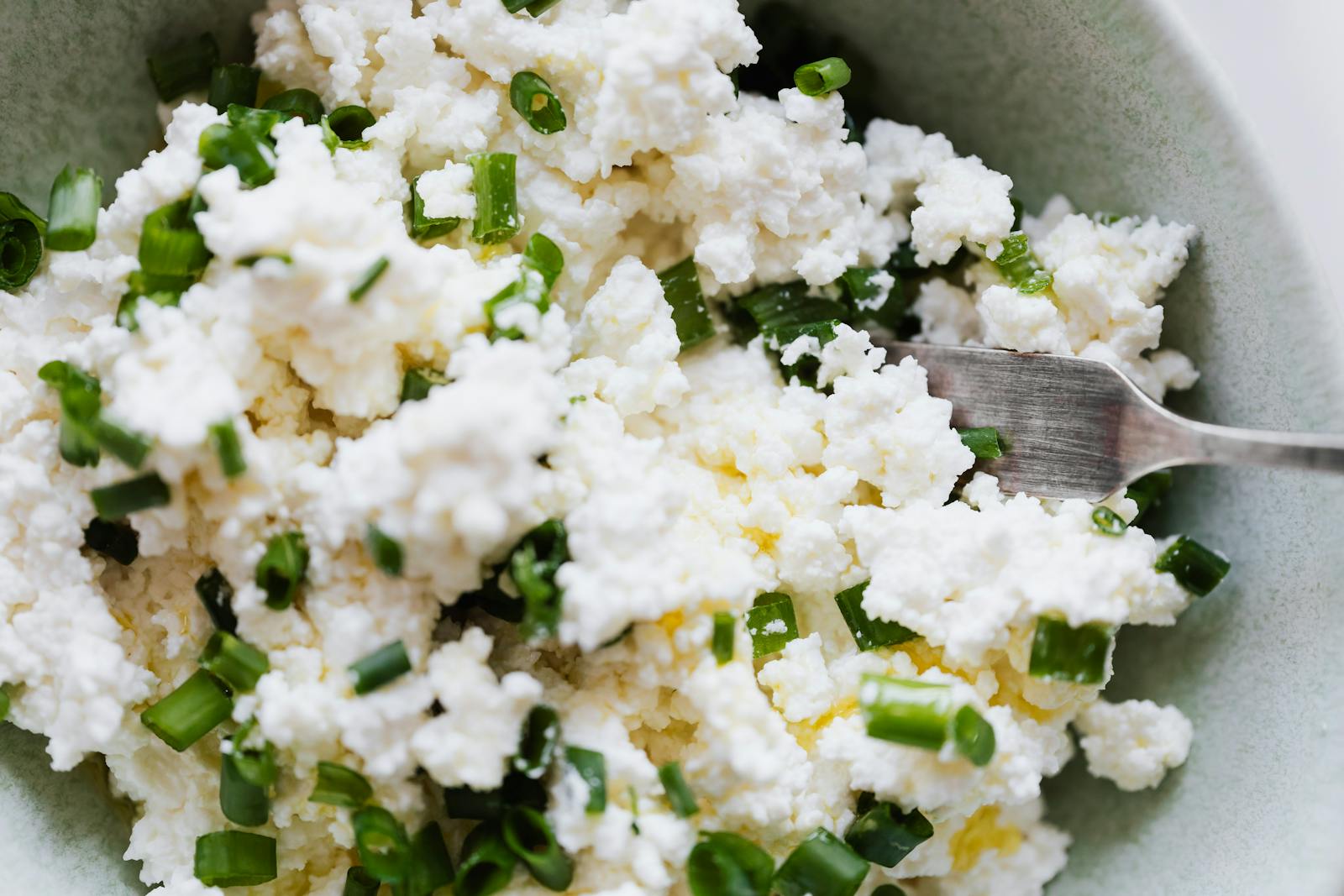
- Carbon footprint: 25.3 kg of CO2 equivalent per kg of edible food product
9. Lamb burgers
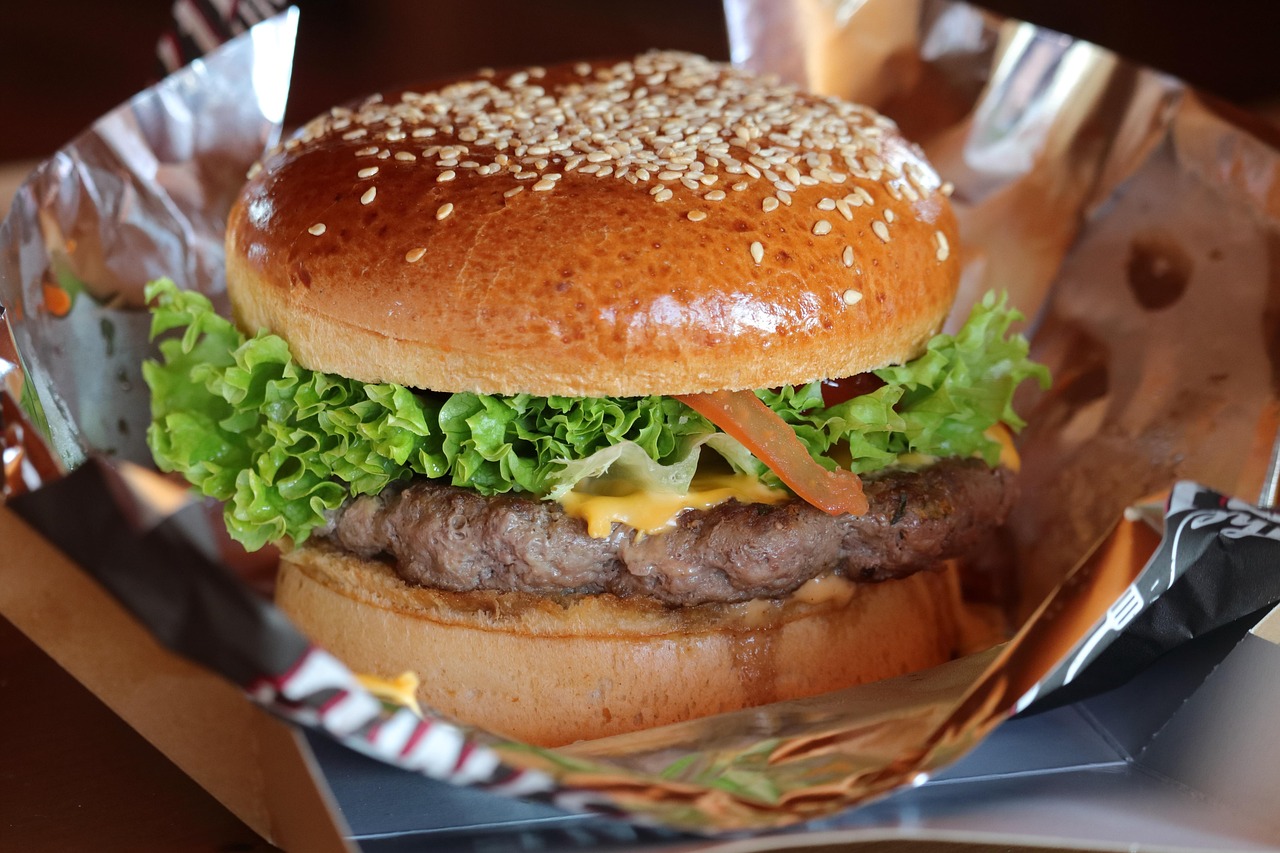
- Carbon footprint: 26.9 kg of CO2 equivalent per kg of edible food product
8. Instant coffee

- Carbon footprint: 28.8 kg of CO2 equivalent per kg of edible food product
7. Lamb leg
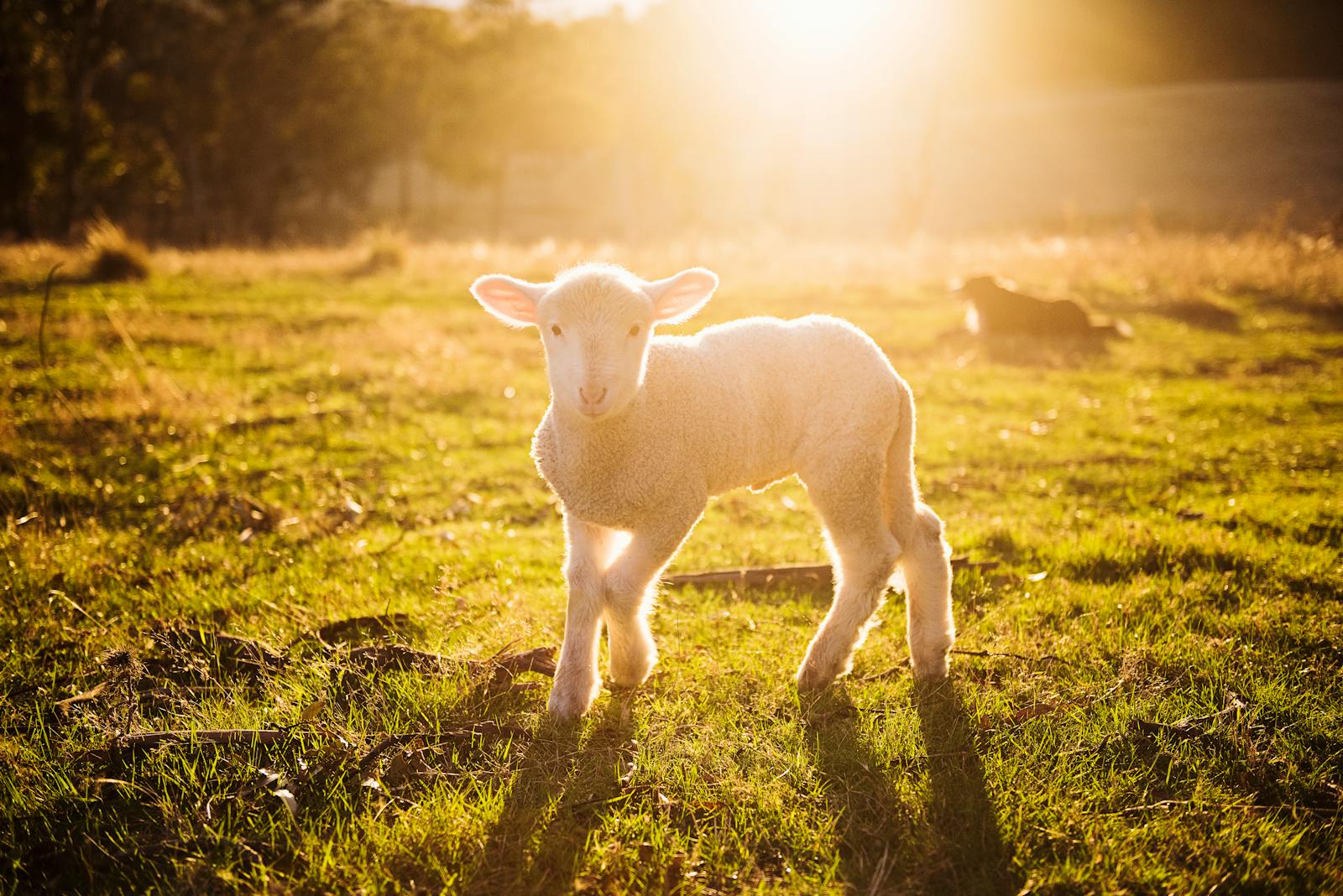
- Carbon footprint: 30.7 kg of CO2 equivalent per kg of edible food product
6. Lamb casserole

- Carbon footprint: 30.9 kg of CO2 equivalent per kg of edible food product
5. Lamb chops

- Carbon footprint: 30.9 kg of CO2 equivalent per kg of edible food product
4. Beef burger

- Carbon footprint: 54.0 kg of CO2 equivalent per kg of edible food product
3. Beef meatballs
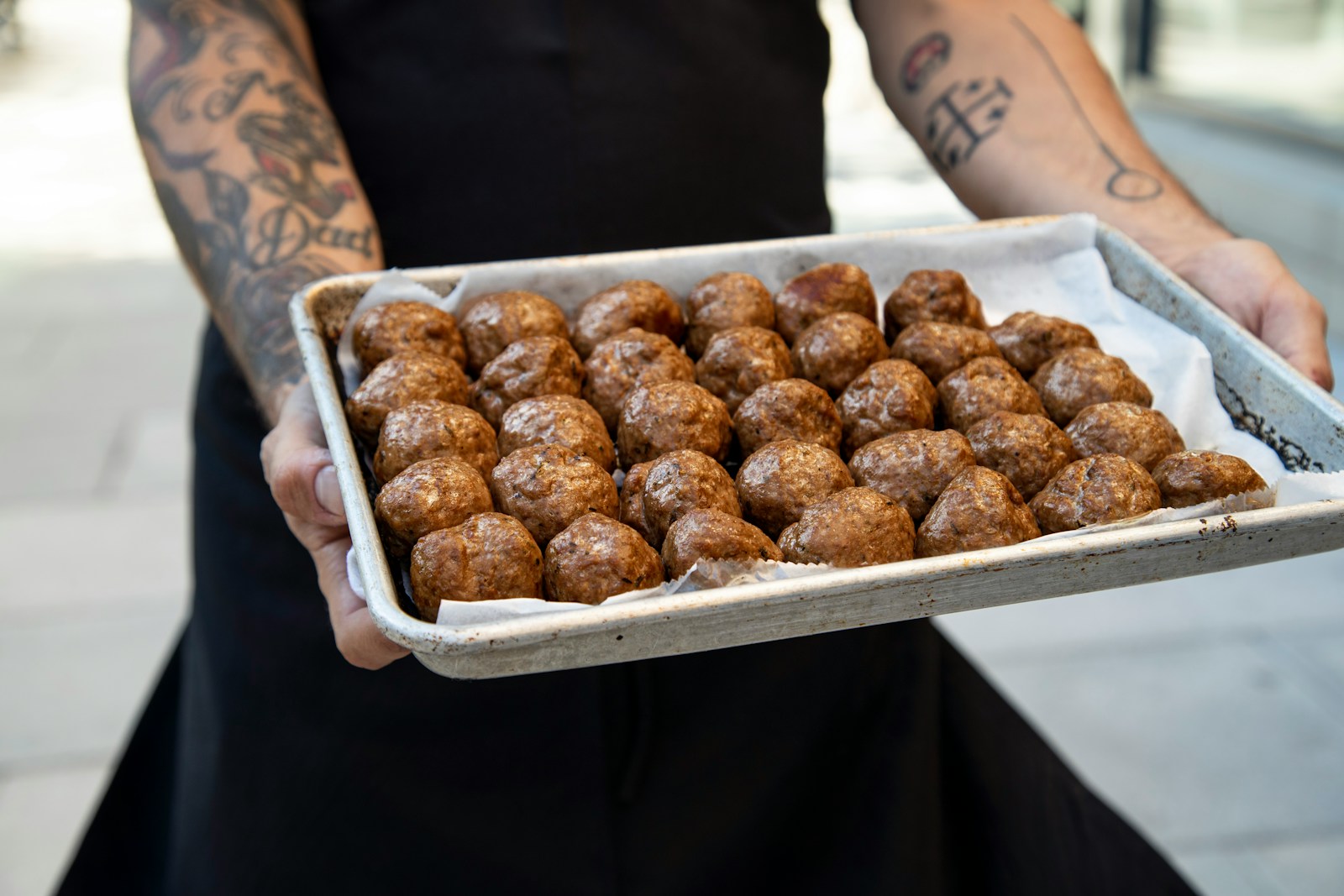
- Carbon footprint: 70.8 kg of CO2 equivalent per kg of edible food product
2. Beef mince

- Carbon footprint: 95.0 kg of CO2 equivalent per kg of edible food product
1. Beef steak
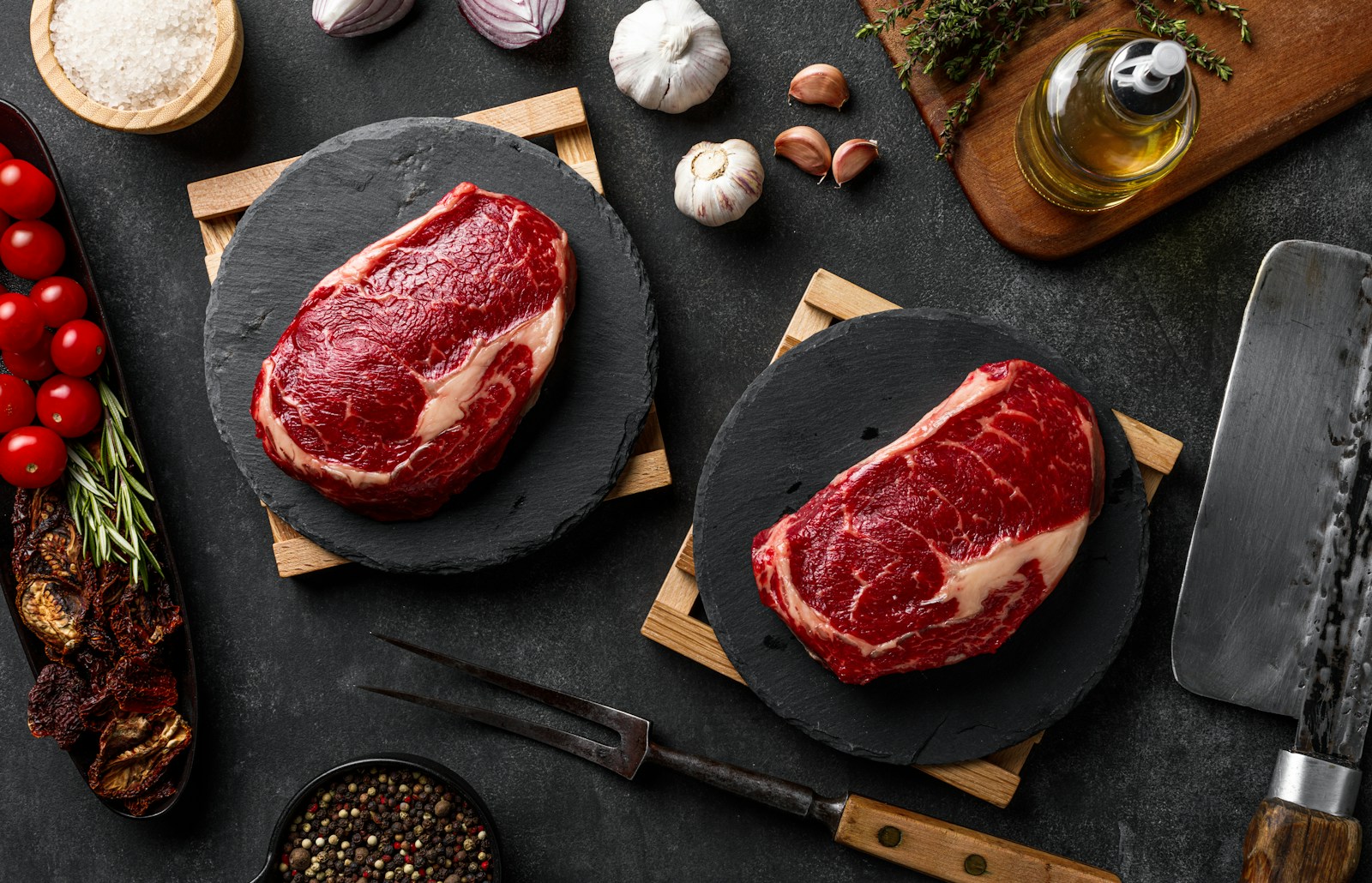
- Carbon footprint: 129.7 kg of CO2 equivalent per kg of edible food product
Sponsor
Find a Vetted Financial Advisor
- Finding a fiduciary financial advisor doesn't have to be hard. SmartAsset's free tool matches you with up to 3 financial advisors that serve your area in 5 minutes.
- Each advisor has been vetted by SmartAsset and is held to a fiduciary standard to act in your best interests. Get on the path toward achieving your financial goals!
